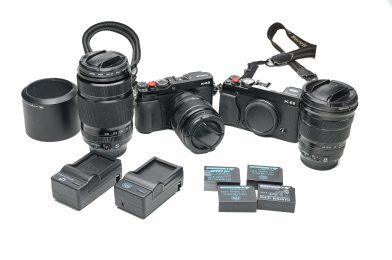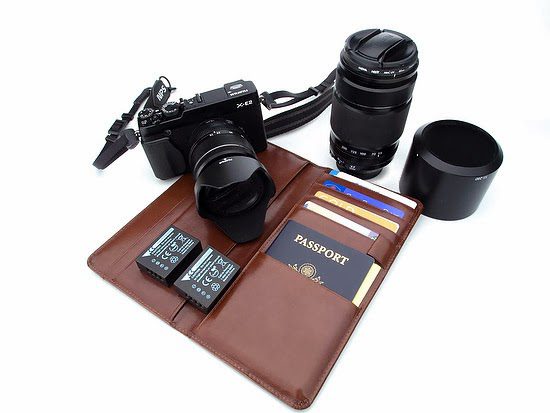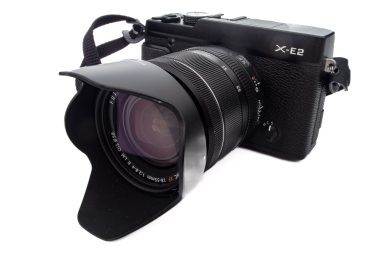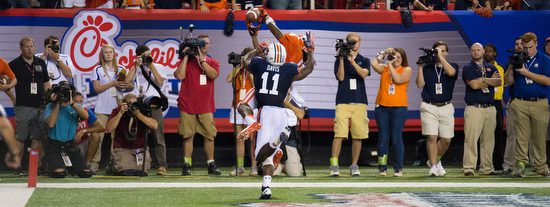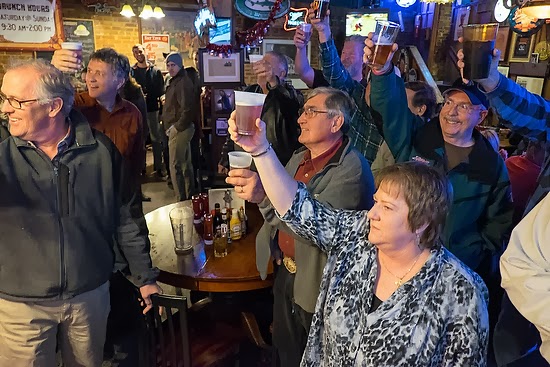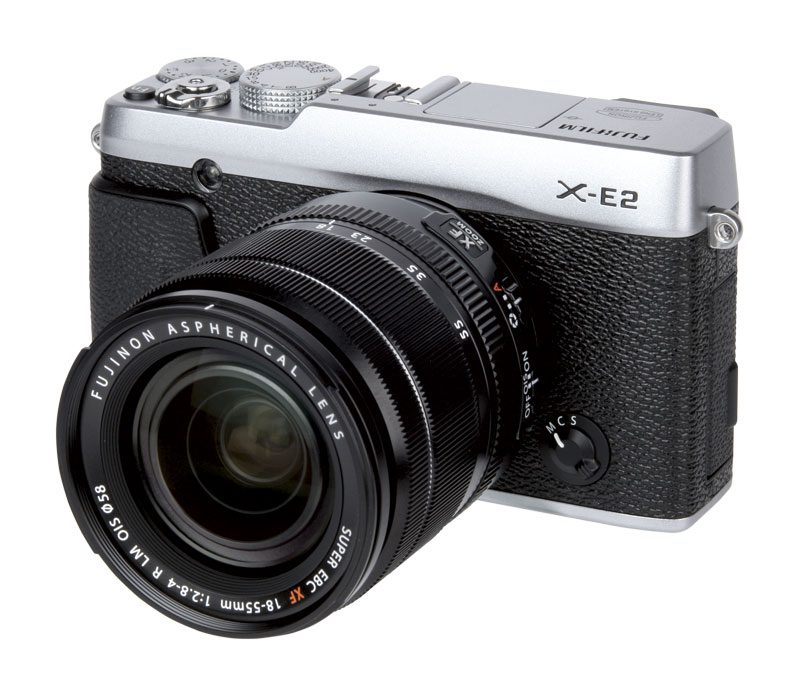| Fuji X-E2 panoramic mode |
I finally started carrying my camera everywhere with me a few years ago. I think of it like my watch. I can’t benefit from owning a look and using it as needed if I don’t wear it.
I am constantly looking for a camera solution I can use all the time. But, unfortunately, for the most part, my cameras have been more like a clock than a watch.
A more miniature camera is why I am now enjoying shooting with the Fujifilm X-E2. It is smaller and lighter than my Nikon D4, but like my clocks, at home, I am keeping the Nikon D4 because it does serve a purpose for my commercial work.
Maybe you think I am like my dad asking you to join the “Nut House” by carrying your camera.
Most people think of packing the camera to take it on vacation, as I did to St. Thomas this summer with my family.
We now have photos of my wife and daughter on the same beach, Caneel Bay at St. Thomas, where my wife’s parents went for their honeymoon.
Why not just use your camera phone?
Today’s camera phones take beautiful photos, but there is a reason all the pros are not shooting jobs with them. The images do look great under ideal light and on your phone. However, for me, a photo is not a photo unless you can make a large wall print of the image, and this is where most smartphones fall apart.
I want to put a print on my wall at home, and I don’t want to miss out because I decided my camera phone will suffice.
We put our photos on our walls to enjoy all the time and help us remember those places we have gone in our lifetime.
For our anniversary dinner, we took one of our daughter’s friends to Tokyo Boat, where we had a Hibachi dinner. The girls ordered Ramune. Ramune is widely known for the distinctive design of its bottle, often called Codd-neck bottles, after the inventor, Hiram Codd. They are made of glass and sealed with marble; the codd head is held in place by the pressure of the carbonation in the drink. We are pushing the marble inside the neck of the bottle, where it rattles around while drinking. Therefore, the glasses are sometimes called “marble soda” outside Japan.
Having my camera helped me capture the excitement of opening the girls’ bottles and treasure the moment forever.
I looked around the restaurant’s walls and realized they, too, celebrate using photographs of customers. I like this more than just the famous people that come to a restaurant and put those photos up. A restaurant is a place that celebrates everyone person.
Of course, I captured the volcano created using an onion on the grill. We discovered this was our daughter’s friend first time eating Hibachi, and she was enjoying the show.
Isn’t all of life worth recording? So while we didn’t plan where to go for our dinner all week, I got to capture slices of life with my camera with me all the time.
What all these snapshots of life are doing for me is keeping my eye fresh. Of course, I am not taking a lot of time when we are going somewhere to take photos, but by always shooting and reviewing my work, I am building a library in my mind.
What about each of these moments is nostalgic to me? Can these photos carry the same meaning to others who were not with me? If I were to go back, what would I do differently if this were a commercial job?
I love to play my trumpet, and I played in the band and orchestra for most of my school years. Then, when I went to East Carolina University, I played in the marching band and played in the Jazz Band.
I had a lot of talent but never practiced enough to play professionally.
I work with Dan Cathy and love talking with him about the trumpet. Dan almost became a professional musician before joining the family business Chick-fil-A. Here is a link to Dan playing.
Today he is still playing for fun. Dan knows that he cannot just leave the trumpet in the case, and when he decides to play, pull it out and play. So Dan plays his trumpet every day for about thirty minutes to an hour.
You see, photography is very similar to music. Ansel Adams, a concert pianist, was doing photography on the side just like Dan Cathy played the trumpet while being the CEO of Chick-fil-A. This discipline Ansel Adams brought to both made it possible for him to excel. He explored Yosemite for years shooting it over and over before he finally had a breakthrough. He applied all the years of shooting to turning the corner and learning how to capture what he was pre-visualizing rather than just capturing what was in front of him.
Do you want to get better? If so, where is your camera? You need to shoot every day; just like a professional musician, you must practice so that when you perform, it is at your highest level of ability.
By the way, when you shoot daily, you now have something to share and connect with others through social media, newsletters, and blogs. So now you may know why you haven’t been successful on social media; you don’t have anything photographically to share because you are not shooting regularly.













